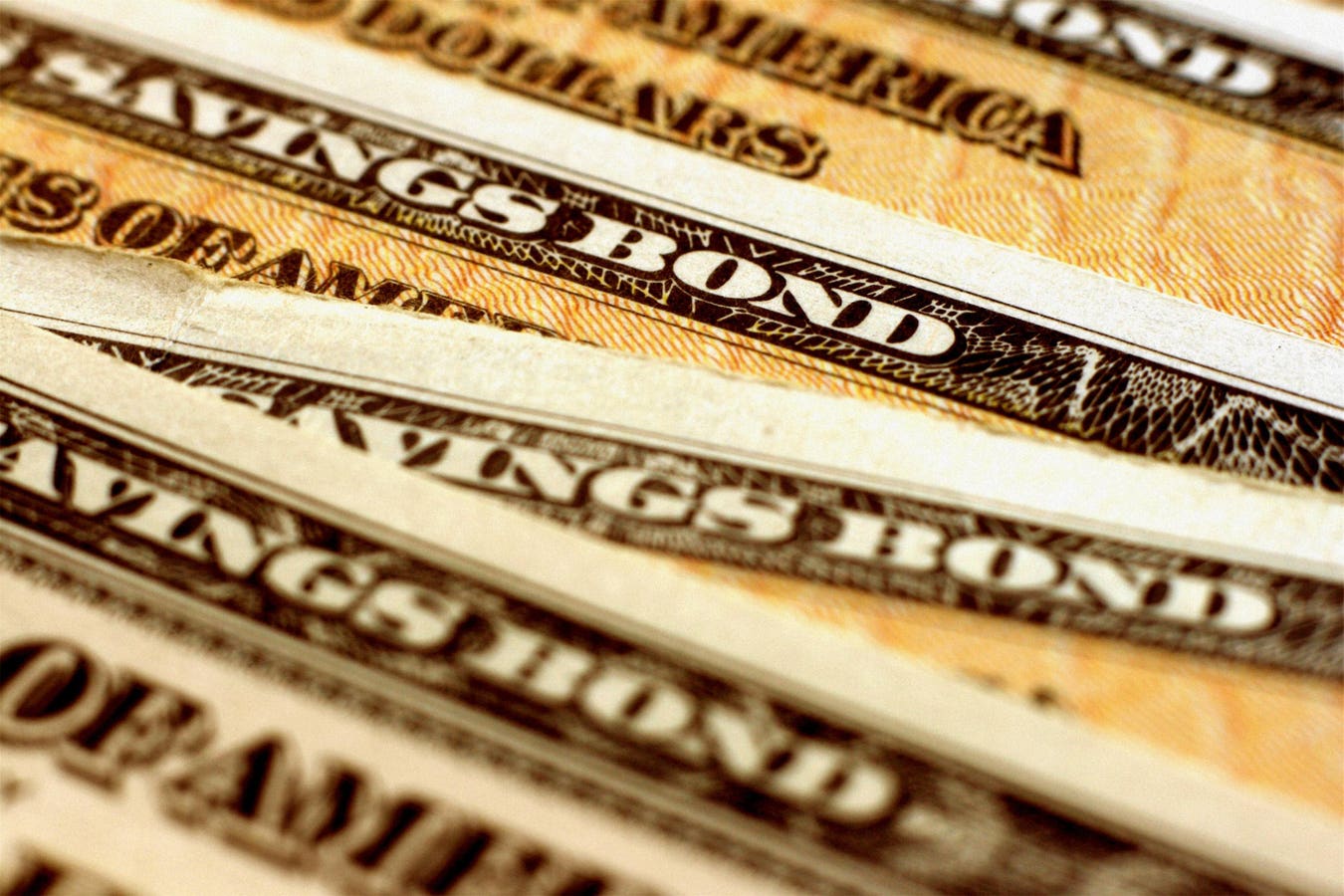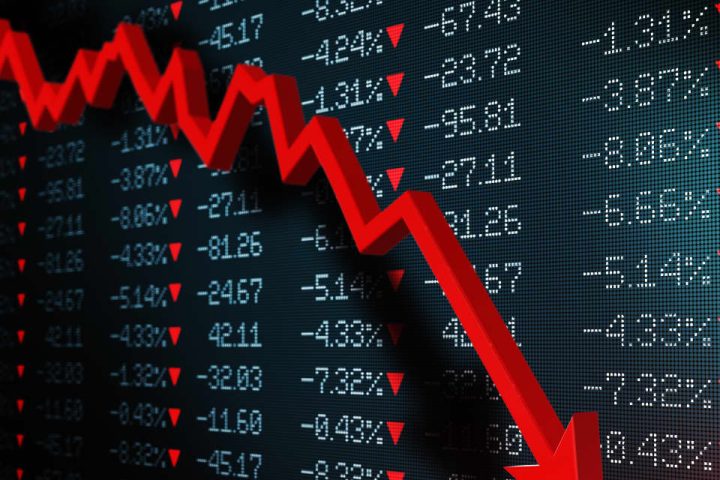U.S. Treasury Savings bonds may be familiar to long-term investors. The Series I bond is one type of government issued savings bond. Read on to explore how I bonds work, their benefits, risks and how they potentially fit into an investment strategy.
What Is A Series I Bond?
A Series I Bond is a government issued savings bond that earns an interest rate based on a formula, and cannot be bought or sold in secondary markets. In other words, you can’t trade them like you would stocks.
I bonds are one of many segments of the U.S. Treasury savings bond program, designed to offer low-risk investments to a broad audience. They are based on a “composite interest rate,” which combines a fixed interest rate and a variable inflation-linked rate. The bonds are structured to offset some of the impacts of inflation, and that is where the “I” in “I bonds” comes from.
Key Points
- Series I bonds are U.S. Treasury Savings Bonds that mature in 30 years, earning compound interest for the length of the term.
- Series I bonds have a composite interest rate, which is a combination of a fixed interest rate for the life of the bond and a variable inflation rate.
- Series I bonds are only taxed at a federal level and may be exempt from all taxes if used for qualifying higher education costs.
How Do Series I Bonds Work?
The fixed interest rate is the same for the entire 30 years, and the variable inflation rate is adjusted every six months. I bonds cannot be redeemed for the first 12 months. After that period, if the I bond is redeemed within five years, three months of interest is forfeited. After five years, the I bond can be redeemed at any time without penalty.
I bonds are not eligible to be taxed at state or municipal levels. They can only be taxed at a federal level and the investor can choose to report earnings as income each year or wait until redemption to report the total earnings. If the money is used on redemption for qualified higher education costs, it may be exempt from federal tax as well.
Many investors need both growth AND income to meet their cash goals. The Forbes Investment team has identified five companies that pay you to own them as they grow in Five Dividend Stocks To Beat Inflation, a special report from Forbes’ dividend expert, John Dobosz.
How Are I Bonds Different From Other Investments?
I bonds differ from most other types of investments such as other types of bonds, CDs and stocks in a number of different ways:
- I bonds have a long-term maturity. CDs, for example, mature after a period of 1-5 years, whereas I bonds mature at 30 years.
- The composite interest rate of an I bond is also fairly unique. Most other bond types do not have inflation-adjusted interest rates.
- I bonds can only be purchased directly from the U.S. Treasury and not from any secondary markets.
I Bonds Vs. Treasury Bills
I bonds and U.S. Treasury bills are both backed by the full credit of the U.S. government. But there are several key differences between I bonds and U.S. Treasury bills:
- Treasury bills are short-term investments, having terms from four weeks to one year.
- Treasury bills can be purchased through mutual funds and exchange-traded funds (ETFs), banks, secondary markets, brokerages or financial advisors, as well as directly from Treasury Direct in their regularly occurring auctions.
- Treasury bills don’t pay interest, instead they are purchased at a discounted rate and then sold later at face value.
I Bonds Vs. EE Bonds
I bonds and EE bonds are both Savings bonds issued by the U.S. Treasury and purchased from Treasury Direct. Both earn interest monthly for 30 years, and they have the same redemption and tax rules.
The biggest difference between I bonds and EE bonds is how the interest rate works. EE bonds have a fixed rate for the life of the bond, which is known when purchased. I bonds have the aforementioned composite interest rate structure.
How To Calculate I Bond Composite Interest Rate
This rate has two separate parts: the fixed interest rate and the variable interest rate. The fixed rate is constant for the length of the bond’s term, and the variable interest rate is calculated every six months. The variable rate is adjusted for inflation based on changes in the core version of the Consumer Price Index for all Urban Consumers (CPI-U).
Here is the formula for calculating an I bond interest rate:
Composite rate = [fixed rate + (2 x semiannual inflation rate) + (fixed rate x semiannual inflation rate)]
For example, the composite rate on new I bonds issued from May 2023 through October 2023 is about 4.30%, which includes 0.90% for the fixed rate and 1.69% for the semi-annual inflation rate.
Many investors need both growth AND income to meet their cash goals. The Forbes Investment team has identified five companies that pay you to own them as they grow in Five Dividend Stocks To Beat Inflation, a special report from Forbes’ dividend expert, John Dobosz.
I Bond Rate History
I bond composite rates fluctuate because the CPI-U fluctuates. And that is what determines part of the total I bond rate. From 2014 to 2020 the composite interest rate fluctuated between 0% and 2.83%, with the fixed interest rate moving between 0% and 0.50%, and the inflation rate fluctuating between -0.80% and 1.38%.
In recent years, as bond market rates and inflation started to rise, both parts of the I bond rate started to fluctuate more, lifting the composite rate significantly.
- May 2021: 3.54% with 0% fixed and 1.77% variable
- November 2021: 7.12% with 0% fixed and 3.56% variable
- May 2022: 9.62% with 0% fixed and 4.81% variable
- November 2022: 6.89% with 0.40% fixed and 3.24% variable
- May 2023: 4.3% with 0.90% fixed and 1.69% variable
Risks And Benefits Of I Bonds
I Bond Benefits
Series I bonds are a consideration for risk-averse, long-term investors who do not need access to their funds in the short term, since these investments offset inflation to some extent. Other benefits include:
- Backing by the credit of the U.S. government.
- Minimal principal risk, since the interest rate cannot fall below zero.
- Exemption from local and state taxes and, in certain cases, when used for higher education, also federally tax-exempt.
I Bond Risks
In times of low inflation, or deflation, the inflation-protection feature becomes a risk instead, since the rate on the bonds can fall toward a zero return on investment, leaving only the return of principal later on. This was the case for several years until 2022. Also:
- I bonds can only be purchased in relatively small amounts each year. Per social security number, $10,000 can be invested in electronic I bonds, plus $5,000 paper I bonds could be purchased with an income tax refund.
- I bonds must be held for at least a year to avoid penalties.
- I bonds can only be purchased through Treasury Direct.
What Investment Strategies Work With I Bonds?
Series I bonds can be a low-risk way to invest money for the long-term during times of high inflation, and a good fit for investment strategies that incorporate locking in an investment for 30 years, with a guarantee to never lose the principal, and the benefit of providing some protection against inflation. An investment strategy focused on pursuing short-term gains would not include I bonds. For more on other types of bonds, see Best Bonds For Income.
I bonds may represent a convenient way for newer investors to start a bond portfolio alongside their stock portfolio. The predictability and assumed principal protection provided by these bonds stands out versus bond funds which can fluctuate in price.
For more well-heeled investors, I bonds can only comprise a very small percentage of the total portfolio, given the purchase limits. But they are used by some investors as a gift to younger investors, especially because of their use in funding higher education. That said, a dedicated annual purchase program can create an I bond “ladder,” which can amount to a much larger amount over time.
How To Buy Series I Bonds
I Bonds are issued by the U.S. Treasury and can only be purchased from Treasury Direct. Electronic I bonds can be purchased at any time during the year, with a minimum purchase price of $25 and a maximum (per year, per social security number) of $10 000. Paper bonds can only be purchased with an income tax return and have a minimum purchase price of $50, to a maximum of $5,000 per year, per social security number.
There are two ways to purchase I bonds from Treasury Direct. One is to purchase them yourself through your Treasury Direct account, and the other is to arrange a payroll savings plan with your employer, having them put a portion of your paycheck into I bonds.
How to Redeem Series I Bonds
This depends on whether the I bond is electronic or paper. Electronic bonds are paid out to the owner automatically when the bond matures. But for those who want to redeem earlier, they can do so through TreasuryDirect.org.
Paper I bonds have some extra steps: the paper must be submitted to be cashed, there is no automatic payout, and the paper I bond must be redeemed for the full amount.
Are Series I Bonds A Good Investment?
Everyone’s situation is different, but Series I Bonds may be a good investment when they are purchased as a long-term solution with low-risk and inflation protection. The higher the outlook for inflation over a sustained period of time, the more valuable these bonds will look versus traditional forms of fixed income.
Bottom Line
Investors must review all decisions in the context of their personal investment objectives. But I bonds are a consideration for those who see their features as worth the effort in purchasing and tracking them, and the limited amounts in which they can be owned.
Read Next
Many investors need both growth AND income to meet their cash goals. The Forbes Investment team has identified five companies that pay you to own them as they grow in Five Dividend Stocks To Beat Inflation, a special report from Forbes’ dividend expert, John Dobosz.
Read the full article here







